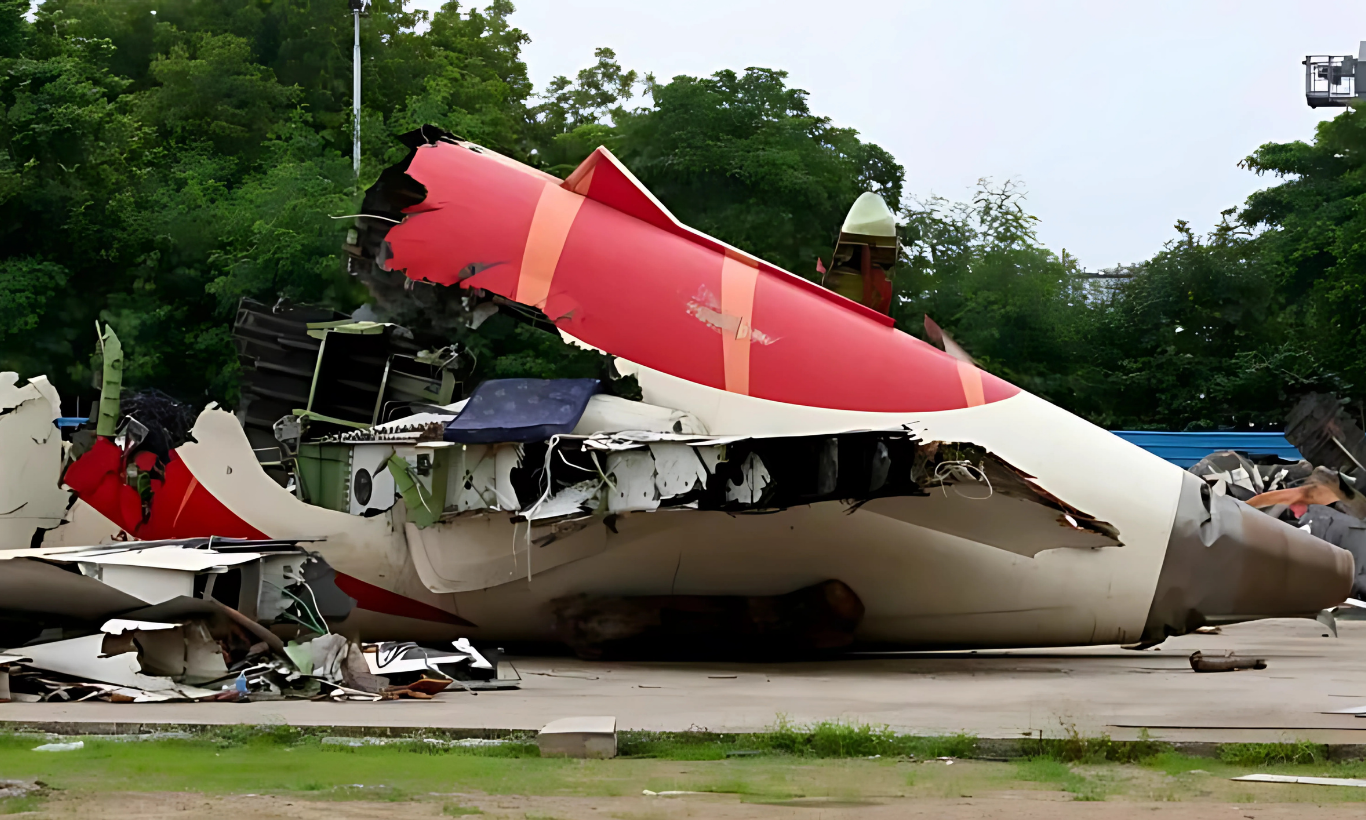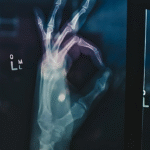
India Orders Immediate Inspection of Fuel Switches on Boeing Aircraft Following Fatal Crash
In a move underscoring heightened aviation safety concerns, India’s Directorate General of Civil Aviation (DGCA) has directed all domestic airlines to inspect fuel control switches on Boeing aircraft by 21 July. This directive follows the tragic Air India Flight 171 crash in June that claimed 260 lives, igniting serious scrutiny into the fuel shut-off mechanisms of Boeing jets.
Urgent Safety Directive Issued by DGCA
The DGCA’s official order, issued over the weekend, calls for mandatory inspection of all Boeing aircraft operating in India, particularly those similar to the Boeing 787 Dreamliner involved in the crash. This decision comes after a preliminary investigation by India’s Aircraft Accident Investigation Branch (AAIB) indicated that the fuel control switches may have inadvertently been moved to the “cut-off” position shortly after take-off, effectively cutting off fuel supply to the engines.
While the US Federal Aviation Administration (FAA) previously issued a non-binding advisory in 2018, encouraging airlines to inspect the locking feature of these switches, Air India did not act upon it since the directive was not mandatory.
Fuel Switches: The Center of Global Concern
The fuel control switch mechanism on Boeing aircraft is designed to control the flow of fuel to the jet engines. The locking feature is intended to prevent these switches from being moved accidentally. However, the AAIB’s preliminary findings revealed that the locking feature was disengaged in the ill-fated aircraft.
The DGCA emphasized that strict compliance with the inspection deadline is essential to ensure airworthiness and flight safety. Airlines are required to inspect the locking integrity of the fuel switches and confirm they are adequately secured against accidental activation.
International Ripple Effect: Global Reactions to the Incident
The disaster has triggered international aviation agencies to take similar precautions. South Korea is reportedly preparing to issue a similar order for Boeing operators in the country. Meanwhile, the FAA reiterated its stance that although the advisory remains non-mandatory, there is no immediate safety threat posed by the switches if properly handled.
Despite the FAA’s reassurance, the incident has prompted renewed calls for stricter enforcement of previous advisories and closer oversight of aircraft safety protocols worldwide.
The Air India Tragedy: Timeline and Preliminary Findings
The ill-fated Flight 171, a London-bound Boeing 787 Dreamliner, crashed shortly after takeoff from Mumbai, resulting in the loss of all passengers and crew on board. According to the AAIB’s preliminary report, both fuel switches were discovered in the “cut-off” position, leading to a total loss of engine thrust moments after liftoff.
The cockpit voice recorder revealed a chilling exchange between the two pilots. One questioned, “Why did you cut off?”—to which the other responded, “I did not do so.” This conversation underscores the possibility of inadvertent switch activation, either during or immediately before the flight.
The AAIB clarified that the preliminary report is not meant to assign blame but to uncover possible contributing factors to the disaster.
Indian Pilots’ Association Stands Behind Crew
In the wake of public scrutiny, the Indian Commercial Pilots’ Association (ICPA) has defended the actions of the Flight 171 crew, stating that the pilots acted “by their training under extremely challenging conditions.” The association urged the public and media not to rush to judgment before the final investigation report is released.
The ICPA further demanded better training protocols and standardized checklists to handle such critical safety systems in Boeing aircraft.
DGCA’s Mandate: What Airlines Must Do Now
The DGCA has laid out a clear mandate for all affected airlines:
- Complete inspection of fuel control switches on all Boeing jets by 21 July.
- Verify that the locking feature is functional and cannot be disengaged unintentionally.
- Submit a compliance report post-inspection confirming the status of the switches.
- Ensure that maintenance personnel are retrained in handling these components as per Boeing’s updated guidelines.
This move aims to standardize safety protocols across all Boeing operators in India and reinforce accountability in aircraft maintenance.
FAA’s 2018 Advisory Under Renewed Scrutiny
The FAA’s 2018 bulletin encouraged Boeing aircraft operators to inspect the fuel control switch locking mechanisms, especially after multiple reports of the switches being installed with the lock disengaged. However, because the advisory was not enforceable, compliance varied widely across airlines.
The Air India crash investigation has now brought renewed attention to the importance of turning non-binding advisories into enforceable safety requirements, particularly when they relate to life-critical systems like engine fuel delivery.
Boeing Under Pressure Again
Already grappling with multiple safety concerns over the past decade—from the 737 MAX grounding to production flaws in Dreamliners—Boeing is once again facing intense scrutiny. Industry analysts note that while Boeing aircraft remain technically safe when operated and maintained correctly, the cumulative effect of recurring issues has eroded public confidence.
Boeing has yet to issue a formal statement in response to the Indian regulator’s order. Still, sources close to the manufacturer suggest they are cooperating fully with all investigations and may issue updated service bulletins soon.
Aviation Safety in the Spotlight
This tragedy has amplified calls for systemic changes in aviation safety protocols, particularly in emerging markets with growing air travel demand like India. Key aviation bodies and watchdog groups are urging regulators to adopt stricter enforcement policies, ensure better training for flight crews, and standardize the implementation of manufacturer advisories.
The investigation also brings into focus the need for automated safeguards, such as systems that can alert pilots or prevent engine shutdown due to manual errors. Integrating human-error-proof systems into cockpit operations could significantly reduce the chances of future accidents.
The Path Ahead: Long-Term Safety Reforms
In response to the DGCA’s directive, Indian airlines have begun conducting internal audits, assessing technical compliance, and updating their standard operating procedures. Most carriers have publicly confirmed their commitment to completing inspections well before the 21 July deadline.
In the future, both Indian regulators and international aviation authorities are likely to:
- Enforce mandatory inspections tied to all safety-related advisories.
- Expand training modules for maintenance engineers and pilots on rarely used but critical switches.
- Push for real-time telemetry and AI-based anomaly detection in cockpit systems.
- Reevaluate Boeing’s switch design and suggest possible enhancements or redesigns for better operational safety.
The upcoming final investigation report from the AAIB is expected to play a pivotal role in influencing global aviation policy related to manual fuel systems and their design standards.









